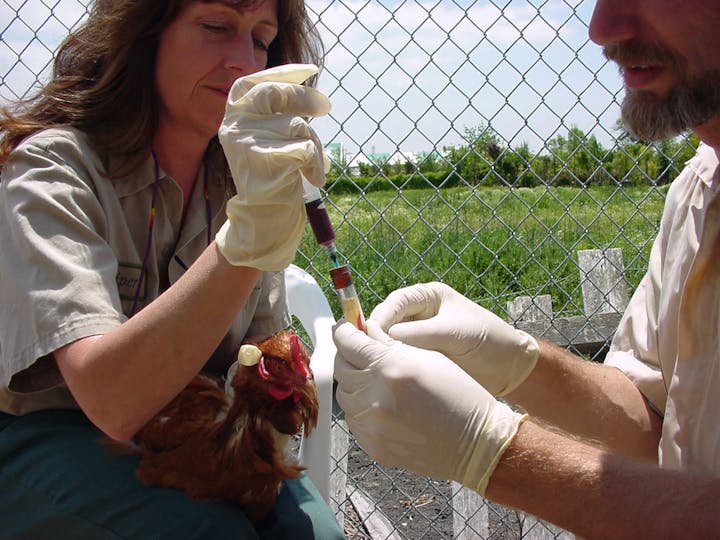Pest Management Methods
Napa County MAD makes every effort to use the safest materials and methods available to control the mosquitoes and other vectors found within its service area. It is the goal of this District to minimize environmental impacts by using Best Management Practices, (e.g. targeting the immature stages of mosquitoes rather than the adults thereby reducing the total area treated for these pests). An effective Integrated Pest Management Program requires intensive monitoring with timely and effective applications of the safest materials and techniques.
Napa County currently has 20 species of mosquitoes, ten of which are intensively monitored and controlled. Five species are known carriers of the diseases encephalitis, dog heartworm or malaria, to humans and their pets. The incidence of mosquito-borne disease in humans for Napa County has been minimal, with the last known case of malaria occurring in 1939. Dog heartworm is prevalent throughout the wooded areas in the County. The virus that causes mosquito-borne encephalitis was last detected in 1996 but this District is not aware of any confirmed human cases.
West Nile Virus is a mosquito-borne disease that was introduced to North America in 1999 and detected in California in 2003. The effects of this disease have been devastating to wildlife, horses and humans throughout the U.S. including California. Researchers are discovering that many native species of mosquitoes, including some that were not known to vector diseases before, can effectively transmit this disease to humans. In Napa County there are four very common and widespread species of mosquito (the Little House Mosquito, The Foul Water Mosquito, The Tule Mosquito and the Western Encephalitis Mosquito) that are known to be excellent carriers of this disease. Two other species (the Fish Pond Mosquito and Western Treehole Mosquito) are presumed carriers although research is still pending. All of the aforementioned species of mosquitoes are specifically targeted by this District.
Ten species of ticks, three species of yellowjackets, numerous other types of wasps and bees, and of course rats and mice also enjoy the lovely environs ofNapa County. Although tick-borne diseases are rare, human cases of both Lyme Disease and Rocky Mountain Spotted Fever have occurred within the last few years. At this time it is unknown if Hantavirus and other rodent-borne diseases are present within the County.
The District has developed and implemented programs to assist the citizens of Napa County with yellowjackets, ticks and rodents in response to demands for these services. A benefit assessment was passed in July of 2003 to support these new programs and enhance the mosquito control and mosquito-borne disease programs. For more information about yellowjackets, ticks, and rodents follow the links to our web pages. The yellowjacket program was started in the fall of 2003. The tick and rodent programs were implemented in the summer of 2004. The disease surveillance programs for mosquitoes, ticks and rodents are coordinated with the California Department of Health Services. Go to our web pages for more information about mosquito, tick and rodent-borne diseases.




